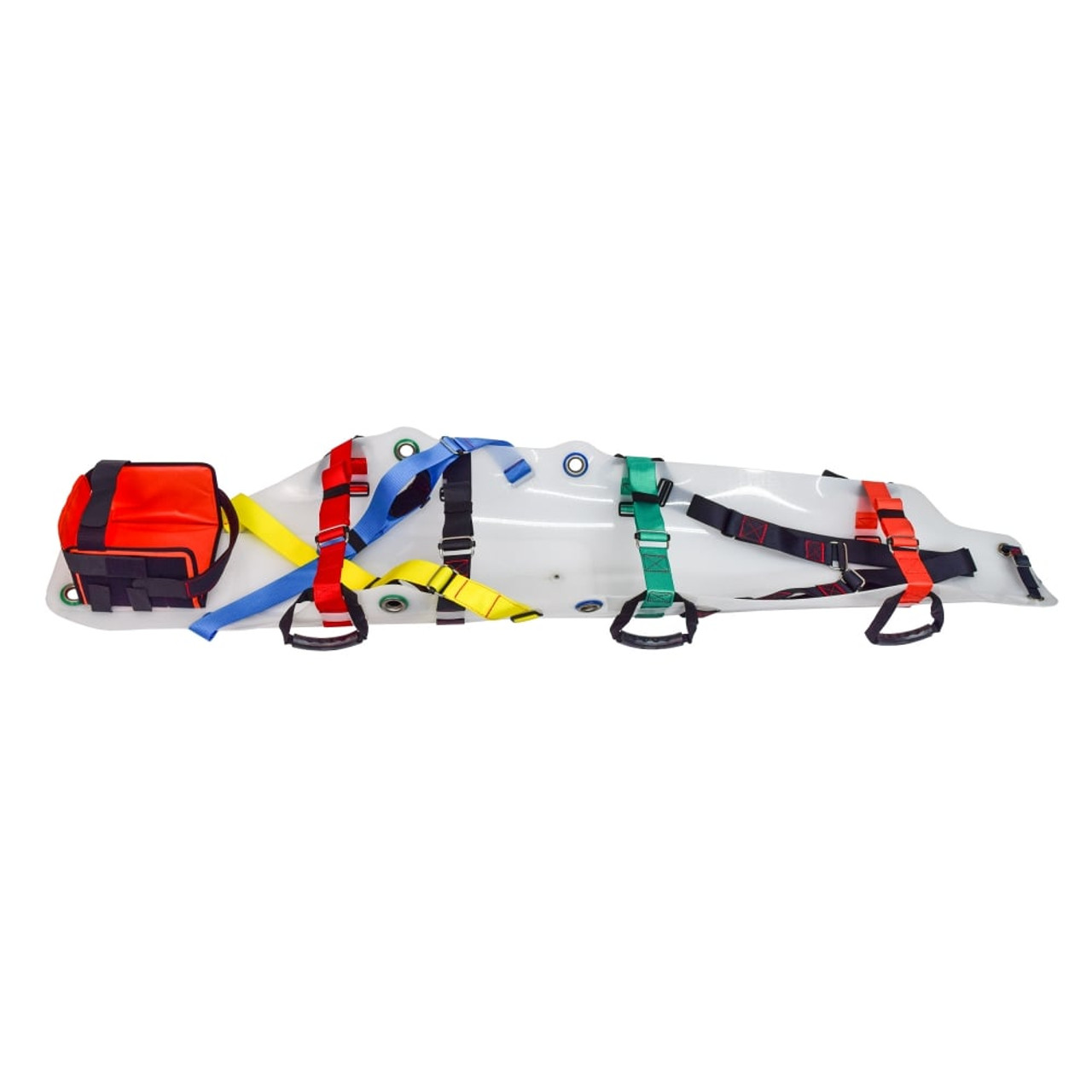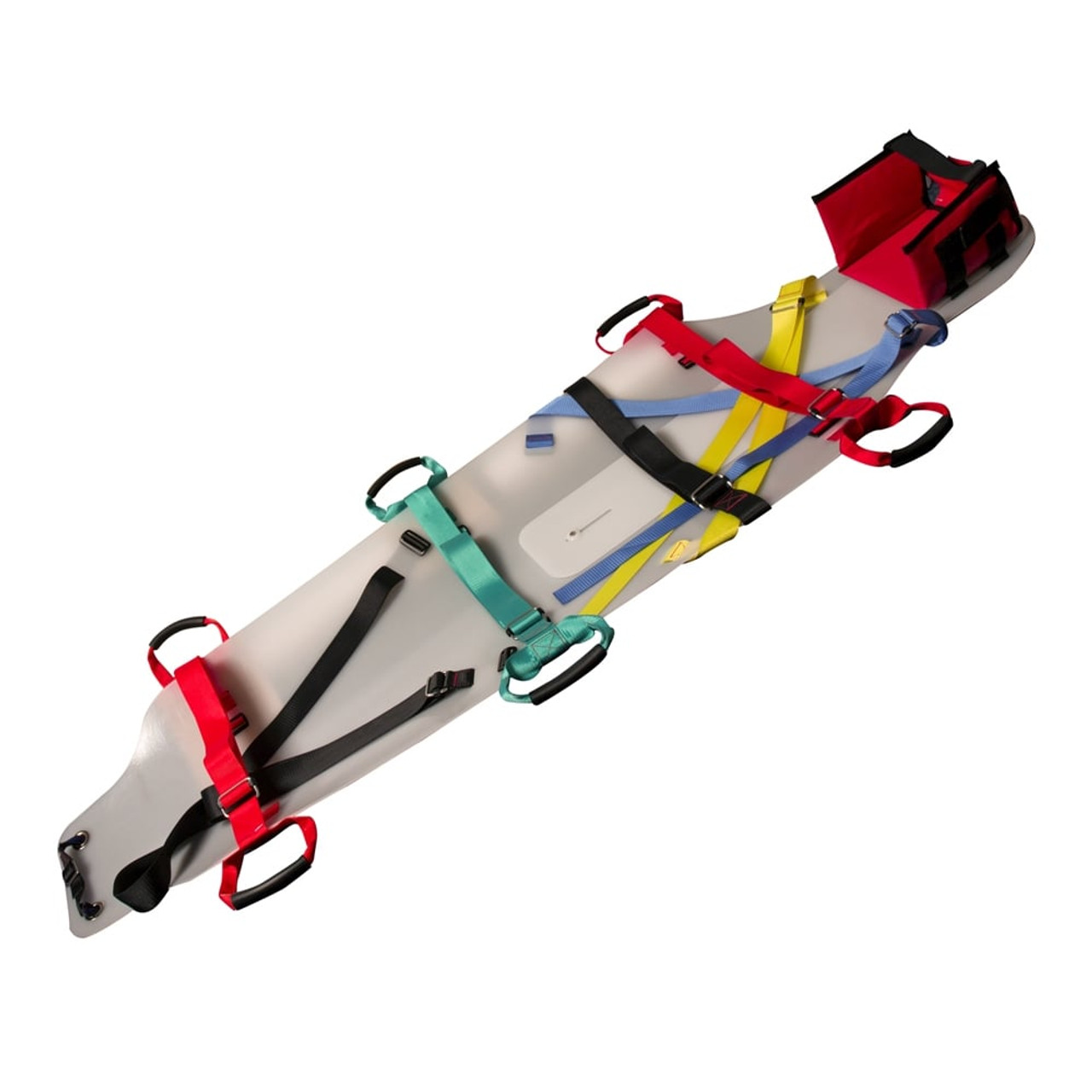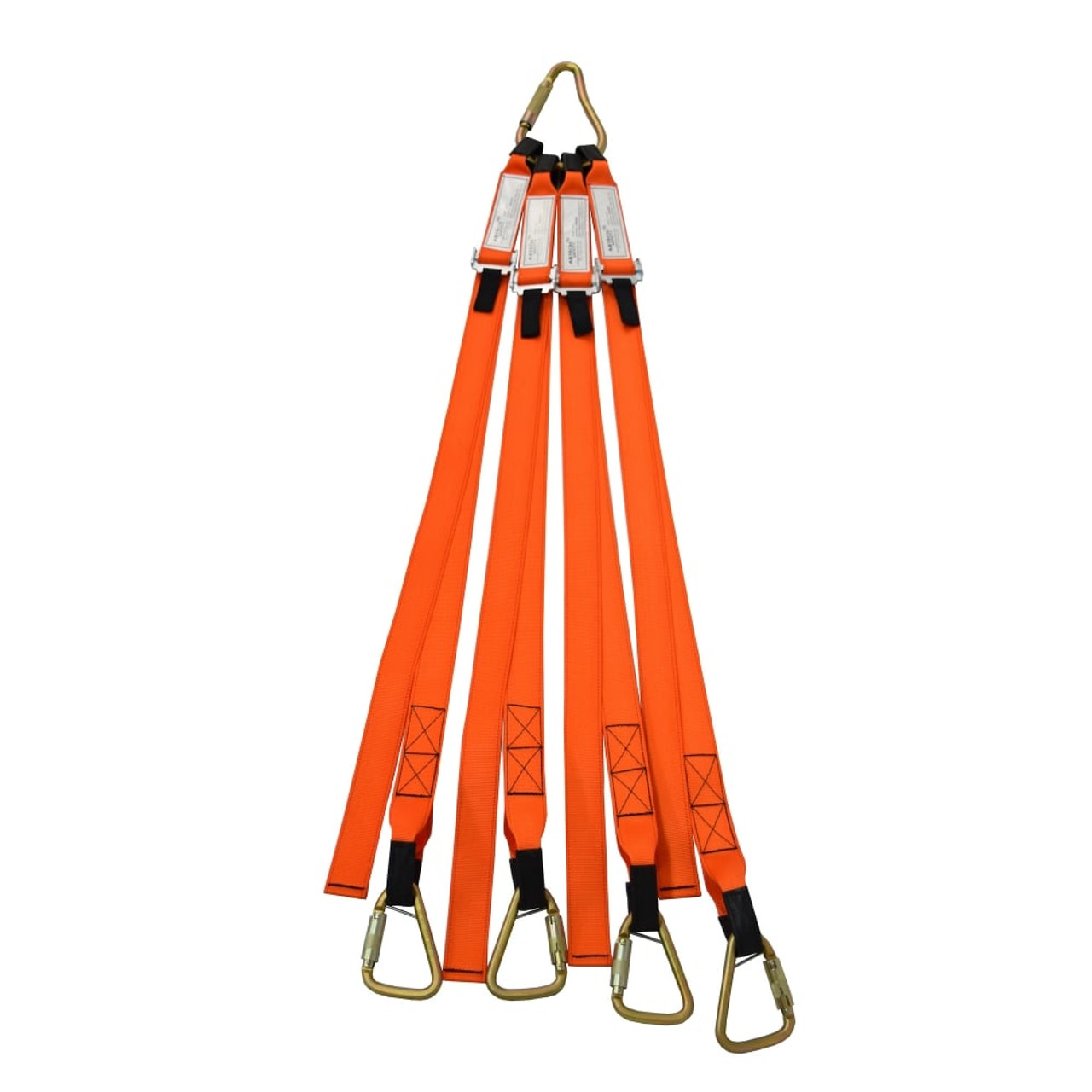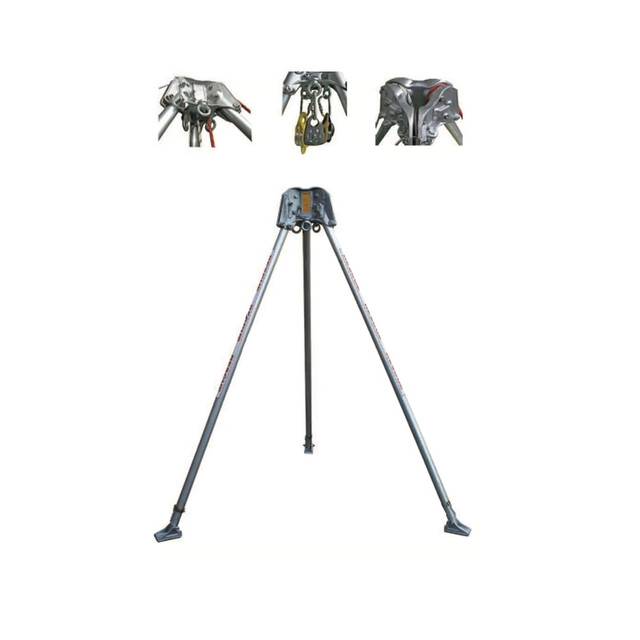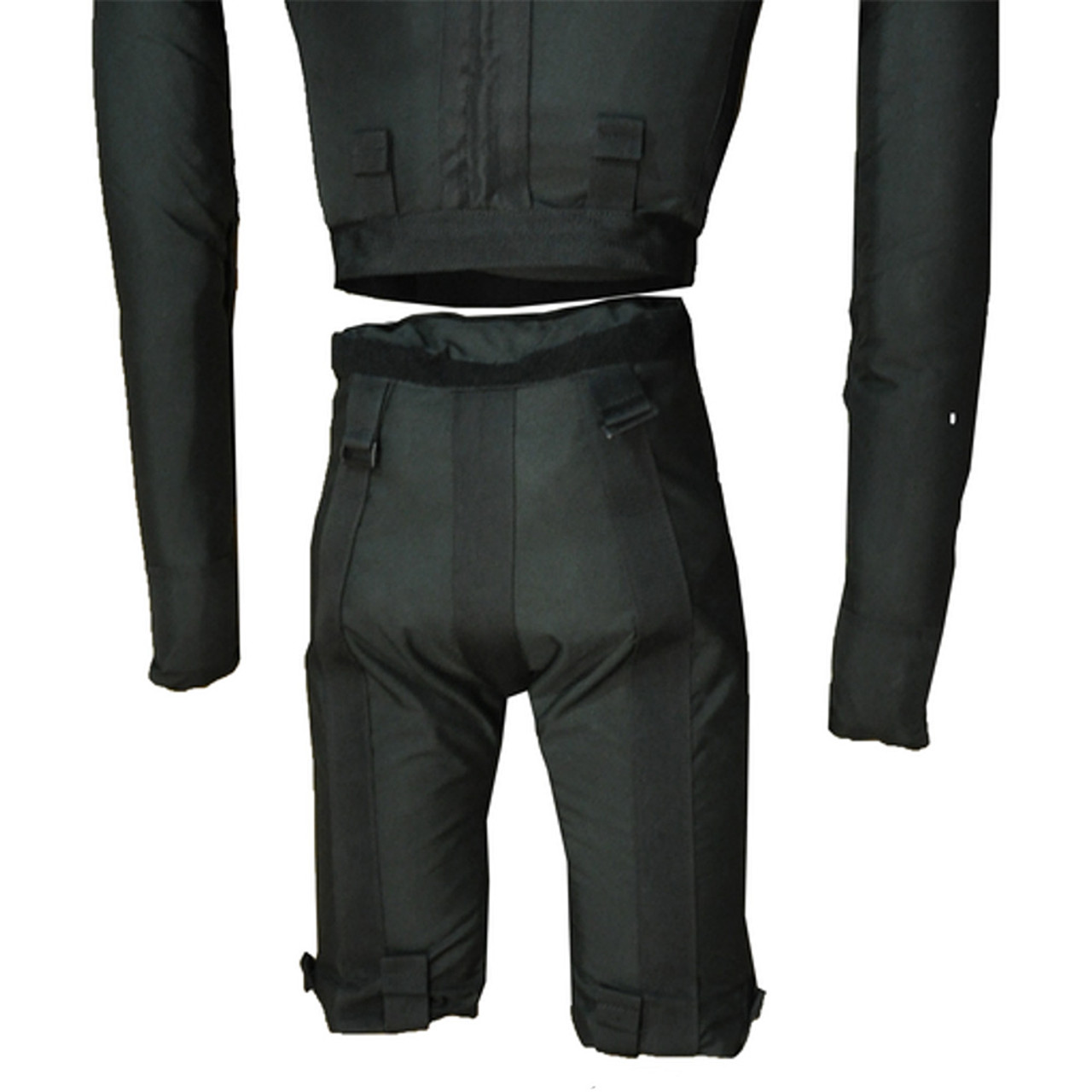Confined Space Rescue & Training
Posted by DS Medical on 15th Feb 2024
Every year a number of people are killed or seriously injured due to working in confined spaces, often because they are unaware of the dangers, poorly trained or the correct safety arrangements have not been put in place.
**Exploring the Depths: The Crucial Role of Confined Space Rescue**
In the realm of emergency response, there exists a subset of scenarios that demand specialised skills, equipment, and courage: confined space rescues. These incidents, which occur in environments with limited access and often hazardous conditions, present unique challenges that require a precise and coordinated response.
In this blog, we'll delve into confined space rescue, exploring its complexities, the essential components of a successful operation, and the dedicated professionals who carry out these critical missions.
**Understanding Confined Spaces**
Before delving into the intricacies of confined space rescue, it's crucial to grasp what constitutes a confined space. These environments vary widely but generally share a few key characteristics:
1. **Limited Access**: Confined spaces typically have restricted entry and exit points, making it difficult for responders to reach individuals in distress.
2. **Hazardous Atmospheres**: Many confined spaces contain dangerous atmospheres, such as toxic gases, low oxygen levels, or explosive materials, which pose significant risks to anyone inside.
3. **Physical Obstacles**: These spaces often feature tight quarters, awkward angles, and other physical barriers that impede movement and complicate rescue efforts.
Common examples of confined spaces include tanks, silos, tunnels, sewers, ships hold, caves and underground vaults. While these areas serve various industrial and infrastructural purposes, they also harbour hidden dangers that can prove deadly without proper precautions.
**The Challenges of Confined Space Rescue**
Conducting a rescue operation in a confined space presents a myriad of challenges for responders. These challenges include:
1. **Safety Risks**: Rescuers must contend with hazardous atmospheres, unstable structures, and the potential for engulfment or entrapment, putting their safety at risk.
2. **Limited Access**: Narrow entry points and restricted spaces make it difficult for responders to reach victims and extract them safely.
3. **Communication Difficulties**: Communication can be compromised within confined spaces, making it challenging for responders to coordinate their efforts effectively.
4. **Equipment Constraints**: Standard rescue equipment may be ill-suited for the unique challenges posed by confined spaces, necessitating specialised tools and techniques.
5. **Time Sensitivity**: Time is of the essence in confined space rescues, as victims may face life-threatening conditions and require immediate assistance.
**Essential Components of Confined Space Rescue**
Successful confined space rescue operations hinge on several critical components:
1. **Training and Expertise**: Responders must undergo rigorous training to familiarise themselves with confined space hazards, rescue techniques, and specialised equipment operation.
2. **Preparedness and Planning**: Thorough risk assessments and pre-planning are essential to identify potential hazards, develop rescue strategies, and ensure responder safety.
3. **Specialised Equipment**: Confined space rescue teams rely on specialised equipment, such as gas detectors, harnesses, tripods, and communication devices, to safely navigate and extract individuals from confined spaces.
4. **Effective Communication**: Clear and efficient communication is vital for coordinating rescue efforts, managing resources, and ensuring the safety of all personnel involved.
5. **Collaboration and Coordination**: Confined space rescues often require collaboration between multiple agencies and disciplines, including fire departments, emergency medical services, and industrial safety teams.
**The Unsung Heroes of Confined Space Rescue**
At the heart of every confined space rescue operation are the brave men and women who risk their lives to save others. These dedicated professionals undergo rigorous training and preparation to respond to emergencies in some of the most challenging environments imaginable.
Whether they're navigating treacherous tunnels, descending into dark and confined spaces, or battling hazardous atmospheres, confined space rescue teams exemplify courage, skill, and selflessness in the face of adversity.
**Conclusion**
Confined space rescue represents a critical aspect of emergency response, requiring specialised skills, equipment, and coordination to extract individuals from hazardous environments safely. By understanding the challenges inherent in confined space rescues and recognising the dedication of the professionals who undertake these missions, we can better appreciate the vital role they play in saving lives and protecting communities.
**Products Available**



